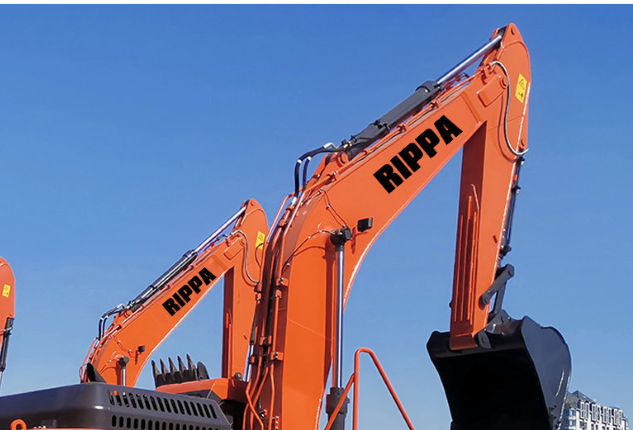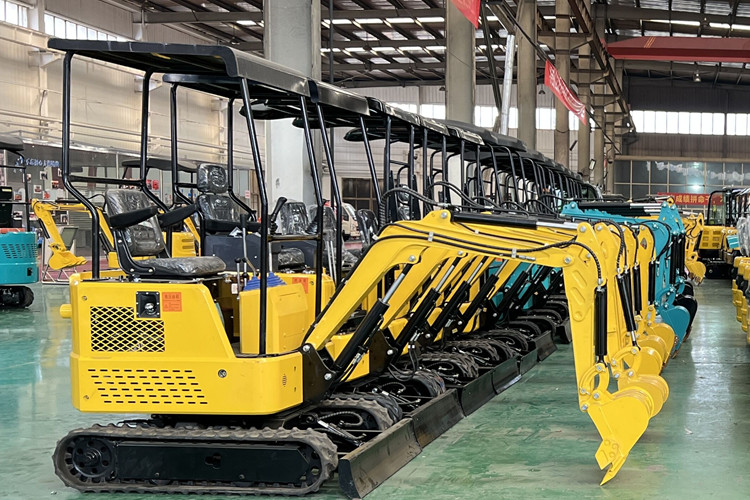How Much Does A Mini Excavator Weigh
When you're in the market for a new excavator, the most straightforward and tactful option is to compare weights, dimensions, and technical specifications against a size chart. You can compare the advantages and performance of different excavators at the same time, understand the different nuances in the data sheet, and find the excavator that really suits you. You can learn more about Rippa excavators from our product details.

Weigh
Total working weight is a paramount concern when choosing the right excavator to do the job. Rippa's excavators are available in a variety of weight classes, starting with the R308 mini excavator weighing 800kg, to the powerful excavator weighing up to 60 tons.
Excavators that are too large can cause damage to the jobsite, especially if you're working on buried service lines, soft soil, or sensitive surfaces. In addition, the larger the excavator, the higher the cost of transportation and storage.
On the other hand, an excavator that is too small will not be able to lift heavy loads. Small excavators may not be suitable for some jobs that require high work capacity.
Performance
Excavator sizing charts with performance data help you understand what to expect for each model in terms of actual and potential capabilities. Some of the most common metrics and measurements are:
Stick (Boom) Length - Provides dimensions in feet and inches to measure the length of an excavator boom. This is used in conjunction with machine weight and other factors to calculate the dimensions and forces described in this section.
Maximum Digging Depth - This number tells you how far you can dig with this excavator.
Dump height - once you've dug some dirt, you'll need to dump
Bucket Breakthrough - If the ground is hard, or you are digging durable materials such as asphalt or concrete, you will need more bucket breakout force to penetrate the material and get the job done.
Engine
Engine specifications or technology have their own section on the excavator size chart. You can see information about the make and model of the engine, including the name of the company that made it. The Rippa uses engines from leading manufacturers such as Yanmar, Kubota, Changchai, and Perkins, so you can trust the quality and craftsmanship of these machines. Also, you will often find that the net horsepower of the machine determines the total power output of the engine.
Most Common Types of Excavators
Excavators are classified into one of three categories based on their total weight
Small and compact excavators are small and mobile, weighing between 800 and 6000 kg. Mini excavators are flexible and designed for the tightest of spaces, while compact excavators are ideal for intensive jobs that still have cramped work environments, or light machines for sensitive terrain or around underground services and utilities. These excavators will have less power than larger excavators, but are great for working in tight spaces.
Medium excavators range in weight from 10 to 30 tons. While mini excavators are most commonly used on small residential or public works projects, mid-size excavators are popular in construction businesses where there is a greater need for higher capacity equipment. These larger machines can damage sidewalks, roads and other surfaces due to their heavier operating weight, but are ideal for most construction and industrial applications far from existing buildings and infrastructure.
Large excavators weighing over 30 tons can be used, most often used in industrial applications. You're more likely to see large excavators being used to dig mines rather than build buildings. As size increases, the transportation of equipment of this size is a significant investment for the purchasing organization, but the payoff comes in the form of enormous power and work capacity.


